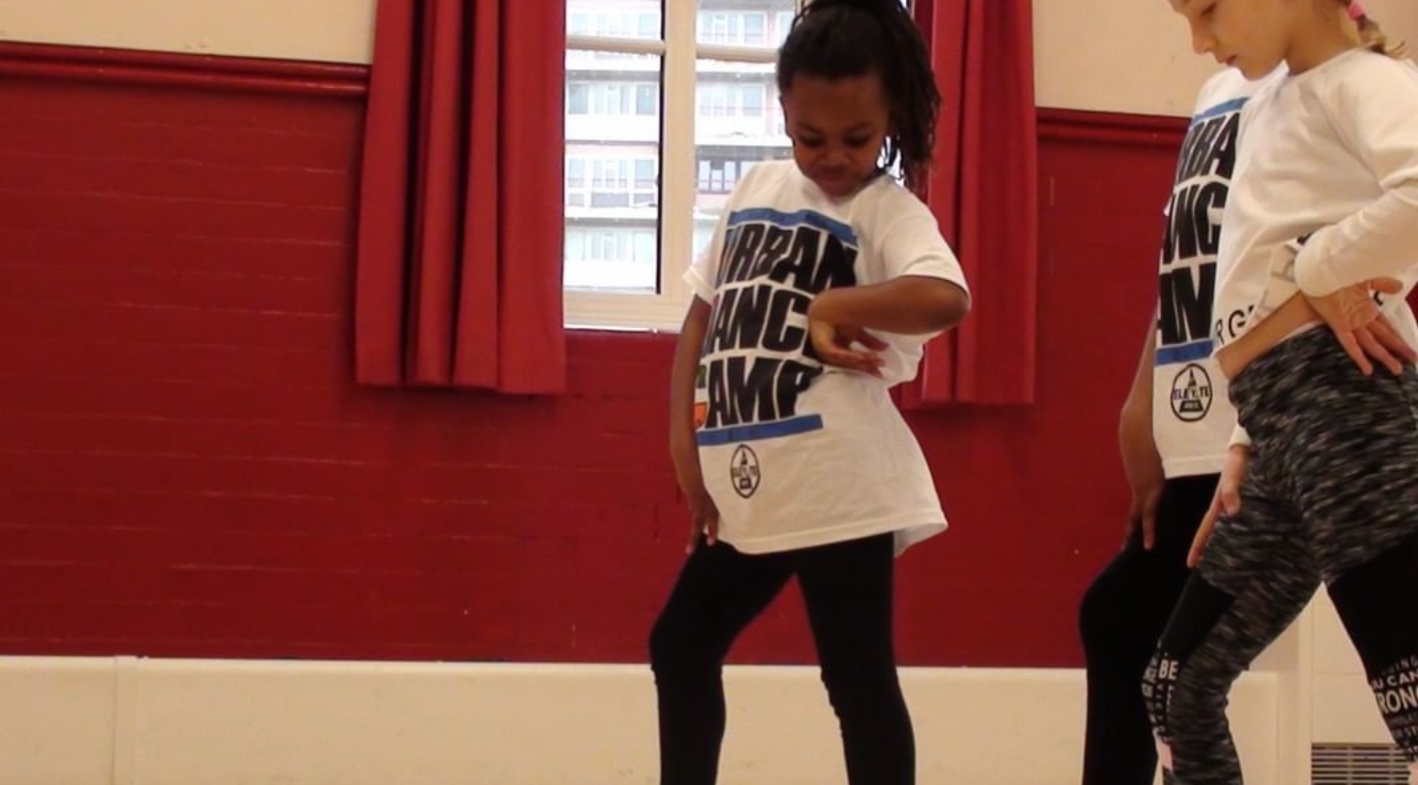Waacking emerged from the disco music of the gay nightclub culture of the late 1960s/1970’s in Los Angeles and was primarily a Black and Latino dance style. Blacks and Latinos had everything stripped away from them, their neighbourhoods were ghettos and What is they were fighting against this oppression. Going to the club, socialising and celebrating their culture as a community is what gave birth to the many dance styles we recognise today.
Lamont Patterson was one of the pioneers of the style, using his arms and hands to form swift movements to the beats of the disco sounds. Other club dancers including Tinker, Arther, Andrew, Lonnie Carbajal, Michael Angelo, Jody Watley, Archie Burnett, Billy Goodson, Tyrone Proctor, Danny Logo, Billie Starr and Shabba Doo also took centre stage, becoming the first generation of waackers.
The tv show Soul Train gave waacking a platform, helping to increase its popularity. At the time, the original term was “Punking” until Soul Train dancer Tyrone Proctor coined the term “Waacking” and Andrew coined the term “Garbo” which relates to the posing seen in glamour magazines.
Waacking developed over time, in reaction to the change in the music being played in the clubs. In the early 70’s the music was mainly funk, everyone was colourful, dancers felt funky in response to the music and Punking and Locking had some crossover because of this interpretation of the music. As music broke out into Disco and Jazz, it influenced how the dancers dressed, it was smarter, more formal. The dance included lots of lines, poses and formality. Dancers danced more upright and had an elegance about them.
Waacking is stylistically influenced by the animated characters in silent movies and also draws its influences from cartoons and martial arts films. Waacking is telling a story, it includes quick footwork, groove, fluid but powerful arm motions, often moving in circular pathways, and dramatic poses. The posture used in waacking is almost like royalty; head held high, confident, tall, expressive.
As waacking came from the gay scene, many of the original waackers passed away due to HIV, or, because of society and the oppression and stereotypes at the time, murder. Therefore, the style did not get passed down and the popularity faded during the 80s/90s. Brian “Footwork” Green however, began teaching in New York in the early 2000’s and encouraged other elders to do so. This allowed the next generation of dancers to learn and pass down the style, bringing and keeping the art form alive. This is perhaps why, unlike most other “Street Dance” styles, Waacking doesn’t have such set foundation movements which we recognise and teach by name!

